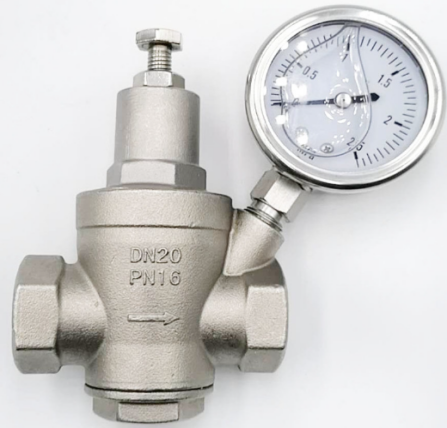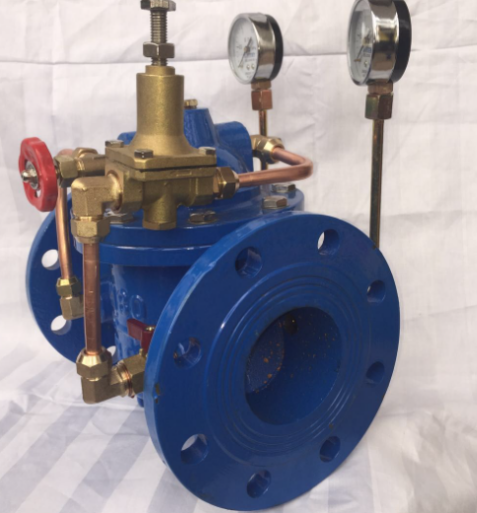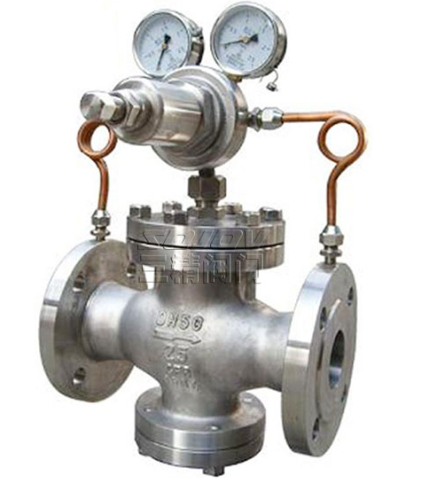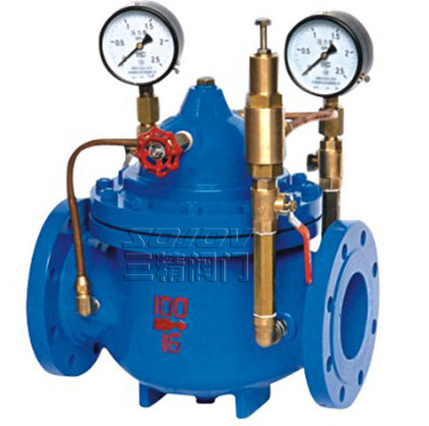A pressure reducing valve is a valve that reduces the inlet pressure to the required outlet pressure by regulation and automatically maintains a stable outlet pressure by relying on the medium itself.

1. Working Principle
The pressure reducing valve mainly changes the throttling area to change the flow rate and the kinetic energy of the fluid, thereby causing different pressure losses to achieve the purpose of reducing pressure. Its specific working process is as follows:
When the inlet pressure acts on the valve core, if this pressure is greater than the pressure value set by the spring, the valve core will be pushed open, and the liquid will flow through the gap between the valve core and the valve seat to the outlet. The liquid will generate resistance when flowing, causing the pressure to drop. At the same time, the outlet pressure will feedback to the other side of the valve core. When the outlet pressure increases, the force acting on the valve core increases, causing the valve core to move in the closing direction. In this way, through the automatic adjustment of the valve core, the outlet pressure can be kept at a relatively stable value.

2. Flow regulation
Structural influence
The structure of the pressure reducing valve plays an important role in flow regulation. Generally speaking, the pressure reducing valve is mainly composed of valve body, valve core, spring and other components. The flow channel design inside the valve body will affect the flow characteristics of the fluid. At the same time, the shape and size of the valve core will also affect the flow regulation.

Adjustment method
Manual adjustment: The compression degree of the spring is changed by rotating the adjusting screw to adjust the opening pressure of the valve core. When the flow rate needs to be increased, the adjusting screw can be loosened appropriately to reduce the pressure of the spring.
Automatic adjustment: Some advanced pressure reducing valves are equipped with automatic adjustment devices, which can automatically adjust the position of the valve core according to the changes in the inlet pressure and outlet pressure to maintain the stability of the outlet pressure.

Precautions
When adjusting the flow rate, it is necessary to pay attention to the rated flow range of the pressure reducing valve. If the rated flow rate is exceeded, the pressure reducing valve may fail or even damage the valve.
The adjustment process should be carried out slowly to avoid pressure fluctuations and system instability.
Check the working status of the pressure reducing valve regularly to ensure its normal operation.

